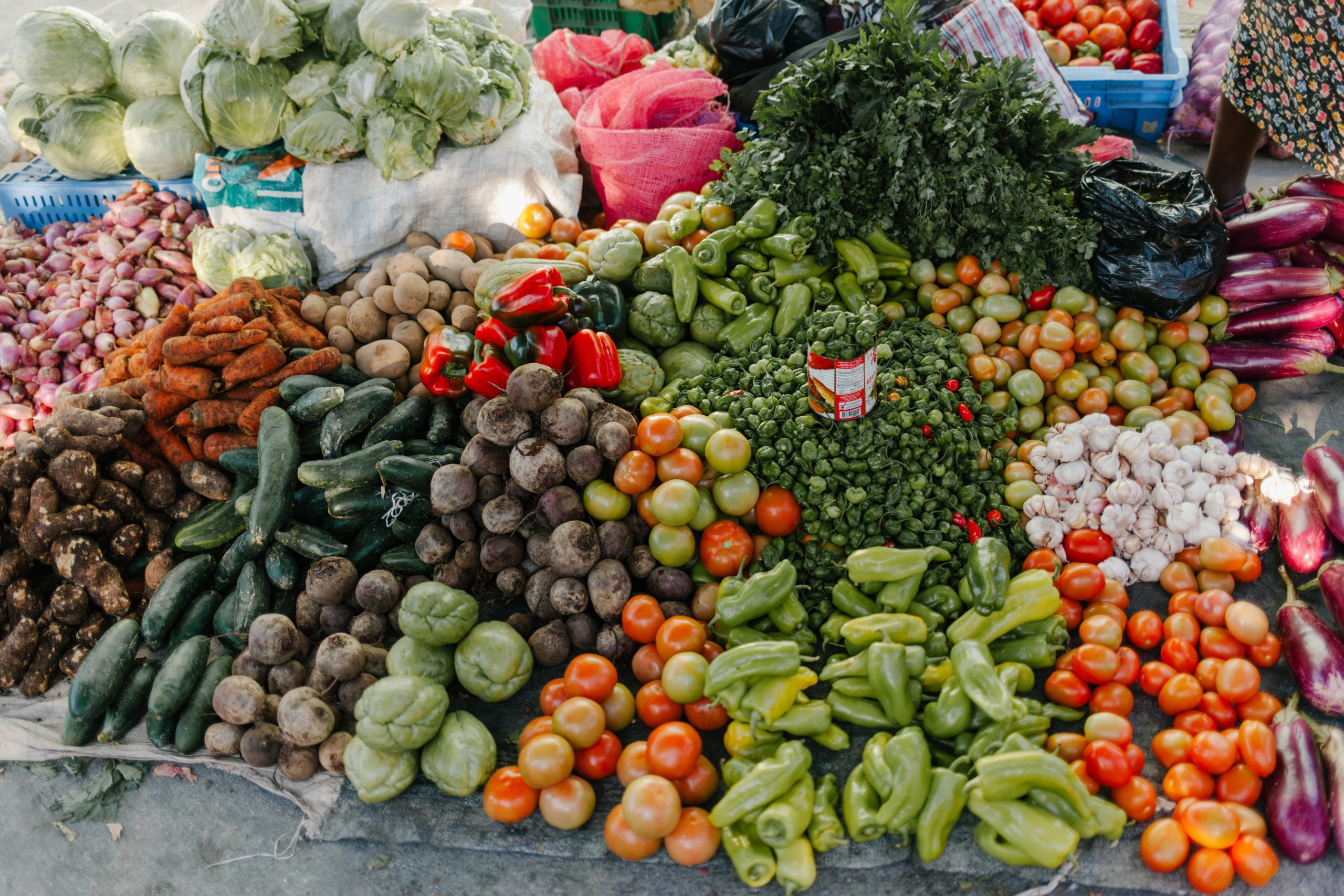Your cart is currently empty!
The Inflammation Food Pyramid

How do the pieces of an anti-inflammatory diet fit together? This pyramid shows the general guidelines. The base is the foods you should eat the most of; moving up, you see the foods and nutrients you should eat in smaller quantities, or less often.
Nutritional supplements
A good quality multi-vitamin will help fill in nutritional gaps; a multi-strain probiotic taken before bed will ensure good digestive and immune health; and fish oil helps make certain we get enough omega-3 essential fatty acids.Hydration
Drinking enough water is the single best way to improve the way we feel and look. Try for about 34 ounces daily for every 50 pounds of body weight.Herbs & spices
Want to speed up metabolism, reduce inflammation and reap even more benefits? Keep your home stocked with ginger, garlic, parsley, oregano, cilantro, basil, turmeric, nutmeg, cinnamon and cayenne pepper.Fruit
Two servings per day maximum for an anti-inflammatory lifestyle, because many fruits are high in sugar. Green apples and berries are the lowest-sugar fruits.Complex carbohydrates
These have enough fiber to slow the release of glucose (sugar) into the system, helping to stabilize blood glucose levels. Stable blood sugar levels are the ONE thing that people who live to be 100 or over have in common.- Grains: Choose gluten-free grains whenever possible, like brown and wild rice and quinoa.
- Root veggies: Sweet potatoes, yams, butternut and acorn squash and parsnips.
- Beans & legumes: Chickpeas, black beans, pinto and adzuki beans, lentils.